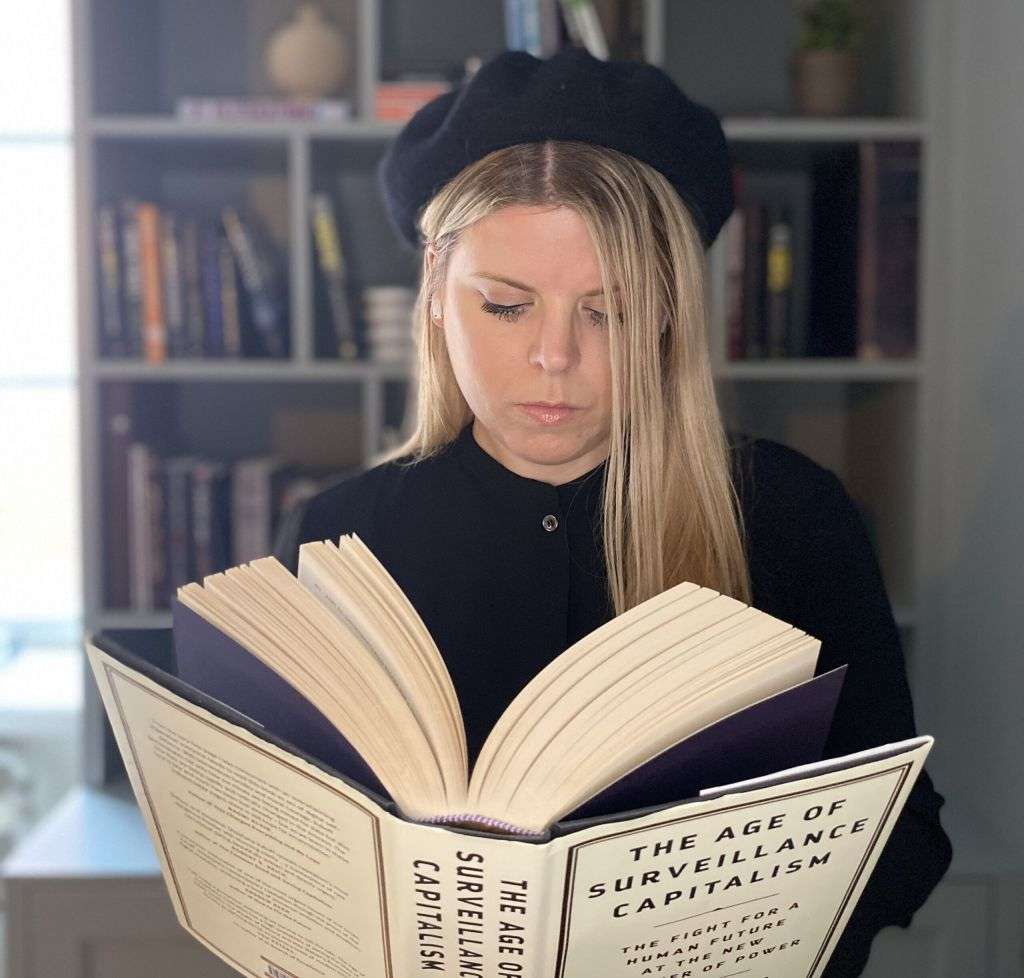The alarm goes off at 05:25. I turn it off and am met with a stream of push notifications about what I missed during the night. I reach for my glasses, turn on the lamp on the bedside table and scan through social media and news sites. What place does slower, more challenging texts have in a society where things have to be done quickly and our attention span is getting shorter? Will we stop reading essays and longer reports now that we barely have time to stay on a website long enough to finish a 3000-character article?
Based on my own reading habits, I usually read short texts. I would like to read a newspaper in the morning, the way my parents did when I was growing up, but I don’t take the time. It’s easier, faster and more convenient to read on my phone or tablet when I have a few minutes to spare. But I need variety in terms of length, depth, style and pace. This is where the essays enter the picture.
I usually listen to essays. The format suits me as I can do other things like running, walking or washing dishes at the same time. A few days ago I listened to an OBS essay by Johan Tralau, professor of political science, on Sophocles’ “King Oedipus”. Tralau discusses why he thinks Sophocles’ nearly 2500-year-old play is still relevant. He explains that it is probably not the story itself that is fascinating, as it is unlikely to involve a man who unknowingly kills his father and marries his mother. In Oedipus, it is rather the dilemma of who can be held responsible for a crime that is still relevant today, according to Tralau. “A head of government is liable when ministers or officials are guilty of breaking the law or making errors of judgment, even if the head of government himself could not reasonably have intended or foreseen these breaches.” he explains. Tralau’s essay goes through history, what in Sophocles’ play is relevant today and what is not. Tralau is always present in the essay, with his own thoughts, reflections and conclusions about the play.
Throughout history, the essay has served as a way to test a theory or idea, as it does today. The first to publish texts under the title of essay was the Frenchman Michel de Montaigne (1580). Essai means trial or test in French and he believed that thoughts and ideas must be given time to mature. The essay is open both in terms of form and in the process of investigation that the test entails.
Sigmund Freud used the essay as a research tool. What made his texts successful was that they were multifaceted. Freud had an ability to reflect and listen to himself. Horace Engdal describes it as follows in The Form of the Individual: “His thinking then resembles an inner conversation, in which he negotiates with his own convictions. Rather than being served a ready-made theory, the reader finds himself part of the researcher’s story of his need for clarity.”



The author Virginia Woolf wrote several novels and essays. One of them is A Room of One’s Own (1929), which was meant to be about women and literature but turned into an essay about women and writing. The essay follows Woolf as she conducts research on women writers. While analyzing authors such as the Brontë sisters and Jane Austen, she also reveals the problems she faces as a woman.
Woolf asks why so few women write, research and speak their minds. What makes Austen a better writer than Emily Brontë? What has enabled her to write and express herself freely? She concludes that women are often forced to spend too much time on other things such as childbirth. For a person to be able to write, she needs a room of her own, a place where she can be alone and not be disturbed by obligations and economic instability. She says that she herself is childless and has an inheritance of 500 pounds a year to live on, which is why she can do what she wants with her time. Essence’s topic is still relevant today, when men take about 20% of parental days according to Statistics Sweden.
Peter Nilsson, astronomer and author, has written three essays about space. In the final volume, Solvindar (1993), he describes them as “three attempts to describe the world view of our time and to see ourselves as citizens of the universe.”
Today, more than 20 years have passed since the publication of Solar Winds, and Nilsson is still praised by critics and researchers. In Nilsson’s case, the essay has served as a way to spread knowledge about astronomy to ordinary people. The form serves as a way to build a bridge between the scientific community and laymen.
Couldn’t the essay be a good genre for disseminating information that is usually reached by a narrow target group? I think so. Science and research sometimes have difficulties in communicating new discoveries to the public. If research is formulated in a way that even people who are not experts in the same subject understand what the author is saying, they would reach new audiences. As author Gunnar D Hansson writes in Columbi enkrona: “New knowledge may be the goal of all research, but so far too little effort has been made to investigate the ways in which such new knowledge is communicated. Or not communicated.” The essay is an excellent format for disseminating knowledge to a wider audience.
For me, the essay is an important counterpoint to the faster, more digestible texts. I appreciate the fact that the essay, in its free form, provides space for such varied, thought-provoking texts. Sometimes it’s nice to get away from quick fragments of conversation and dive into a longer, more complex process where you can follow the author’s thoughts and trials.


